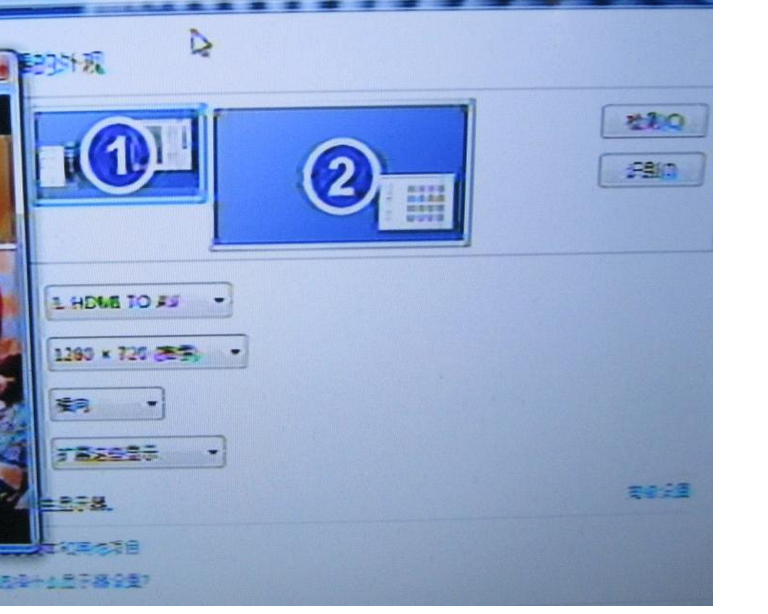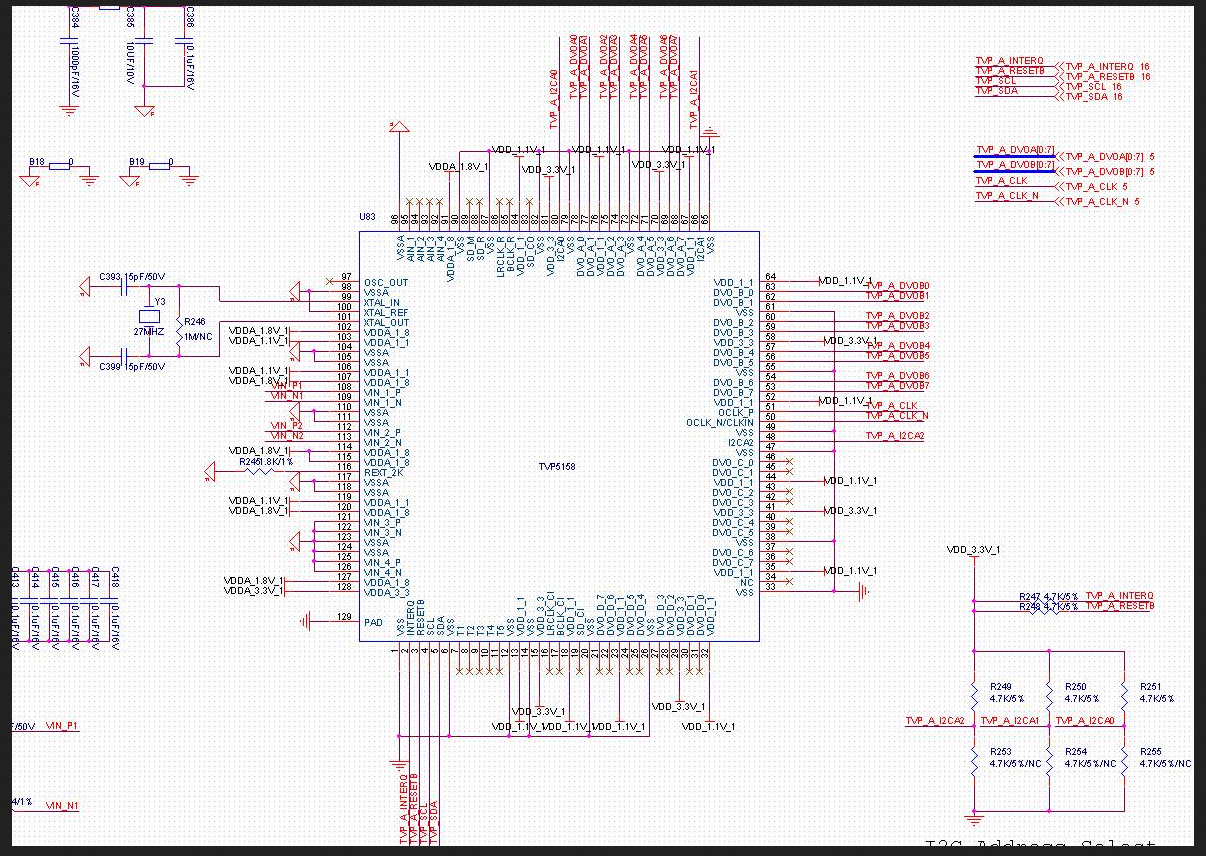Other Parts Discussed in Thread: TVP5160, TVP5147
Hi Team,
The customer is using TVP5158. The issues are the displayed image always flashes and has the colored spots. The displayed image is in the image.
The schematic is also in the attach. Please check the attach. The customer uses PAL-B, D, G, H, I standard. His screen resolution is 800x600@60Hz.
Here is his register configuration:
slaverAdr = 0xbe;
TVP5158_I2C_WriteByte(slaverAdr, 0xfe, 0x0f);
TVP5158_I2C_WriteByte(slaverAdr, 0x60, 0xb0);
TVP5158_I2C_WriteByte(slaverAdr, 0xa9, 0x04);
TVP5158_I2C_WriteByte(slaverAdr, 0xb0, 0x60); //4-channel pixel interleaved mode, 8bit BT656, D1 resolution
TVP5158_I2C_WriteByte(slaverAdr, 0xb2, 0x25);
TVP5158_I2C_WriteByte(slaverAdr, 0xb1, 0x17);
TVP5158_I2C_WriteByte(slaverAdr, 0x1a, 0xf0); //power down all audio ch
TVP5158_I2C_WriteByte(slaverAdr, 0xb4, 0xe4);
TVP5158_I2C_WriteByte(slaverAdr, 0x90, 0x10);
TVP5158_I2C_WriteByte(slaverAdr, 0x91, 0x80);
TVP5158_I2C_WriteByte(slaverAdr, 0x92, 0x80);
TVP5158_I2C_WriteByte(slaverAdr, 0x0e, 0x5F);
TVP5158_I2C_WriteByte(slaverAdr, 0x12, 0x03);
TVP5158_I2C_WriteByte(0xBE, 0xfe, 0x0f);
TVP5158_I2C_WriteByte(0xBE, 0x0d, 2);
For the customer's issue, can you give me some suggestions?
Best Wishes,
Mickey Zhang
Asia Customer Support Center
Texas Instruments







